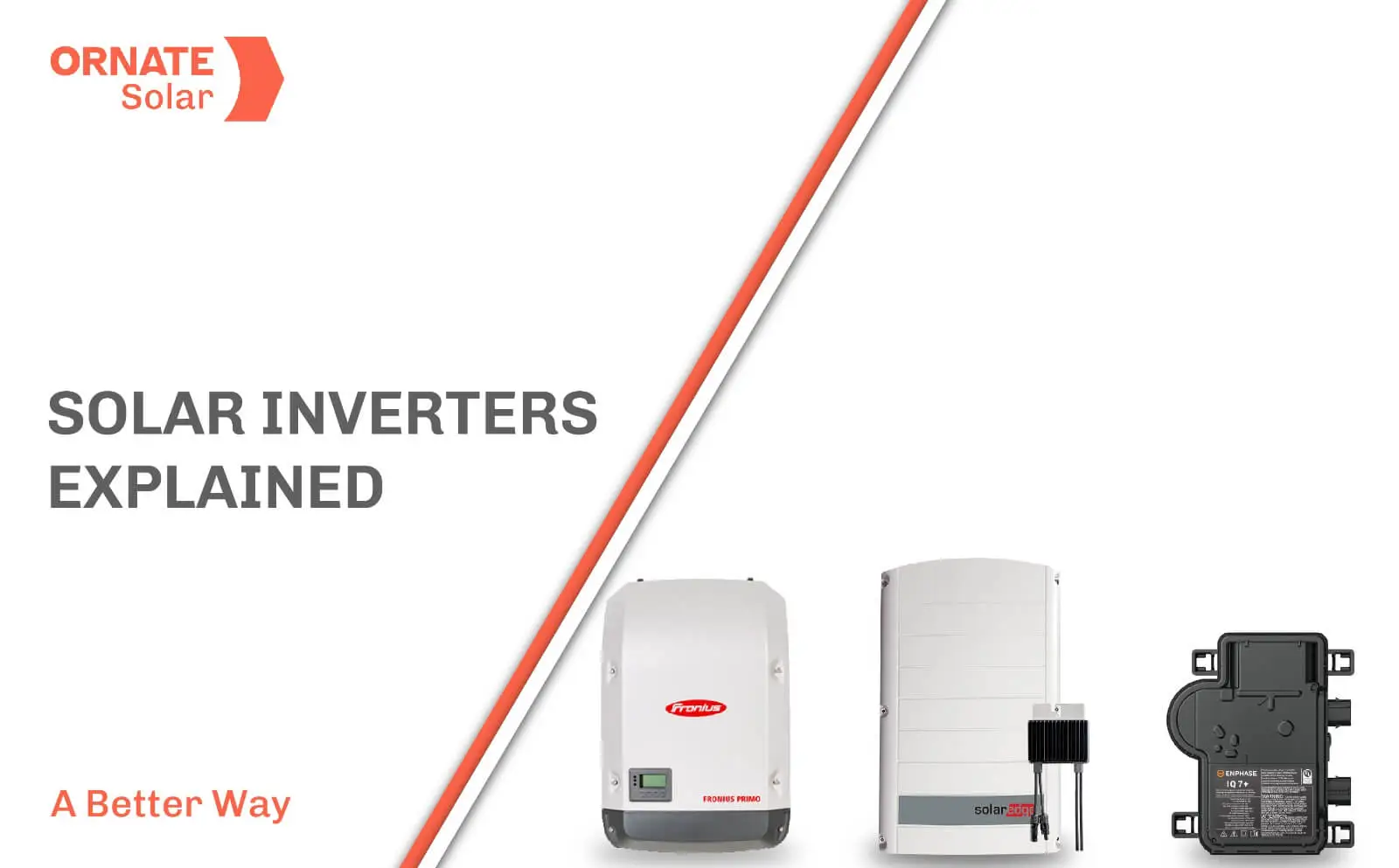

Different Type of Solar Inverter
Solar energy doesn’t provide electricity in a format that your tube light could be powered by. Inverters change the power produced by your solar panels into something you can actually use.
Your home is wired to conduct alternating current (AC) power. The electricity produced by solar panels is initially a direct current (DC). Inverters change the raw DC power into AC power so your tube light can use it to light up the room.
Inverters are incredibly important pieces of equipment in a rooftop solar system. There are three options available: string inverters, micro-inverters, and power optimizers.

STRING INVERTERS:
String inverters have one centralized inverter — this is a standard inverter, and it works just fine if you don’t have any encroaching shade from nearby trees or a big building. It’s also great if you have all of your solar panels facing the same direction.
String inverters are standard in the industry, and they’re the least expensive.
Advantages
- High Efficiency
- Lowest cost
- Performs well with no shade
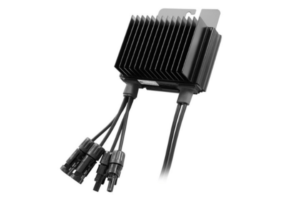
POWER OPTIMIZERS
These are somewhere in between string inverters and micro-inverters both in how they function and in price.
As with micro-inverters, power optimizers have a component (the “optimizer”) underneath and within each solar panel. But rather than change the DC to AC right there on site, these inverters optimize the current before sending it to one central inverter. This is more efficient than a string inverter, as any sluggish production from one panel doesn’t slow the whole system, but more cost-efficient than a standard micro-inverter setup.
Advantages:
- Lower O&M Costs: Full visibility of system performance & remote troubleshooting.
- Enhanced Safety: Safety during installation, maintenance & other emergencies.
- Flexible Design: Maximum space utilization with minimum design time.
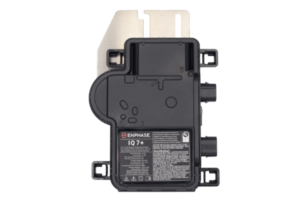
MICROINVERTERS
Micro-inverters have a small unit to convert power underneath or built into each individual solar panel. This gives each panel the ability to function at peak performance, independent from its neighbors. Even if the panel next to it has a tree branch shading it for most of the day, all the other panels can generate at full capacity.
Any drop in efficiency only affects one panel. These can be more expensive than string inverters, but it could pay off by getting more power from your system overall.
Advantages
- No single point of failure
- High standards of safety because high voltage DC is eliminated from the rooftop
- Zero Design Complexity
- Easy Installation
How Can We Help?
Hope this information about Different Type of Solar Inverter is helpful to you.
If you are planning to buy solar inverter, you can connect with Ornate Solar to get the best prices of the SolarEdge solar inverter series (Single-Phase, Three-Phase, Three Phase With Synergy Tech, Synergy Tech. For 277/480V Grid), Fronius Solar Inverter (Primo Series, Symo Series, Eco Series, Tauro Series), Enphase Microinverter & Havells solar inverter (Enviro GTi NG, Enviro GTi TX, Enviro GTi TD, Enviro GTi KT). We are the official partner of SolarEdge, Fronius, Enphase & Havells in India.
For more information, please give us a call at 011 4353 6666.




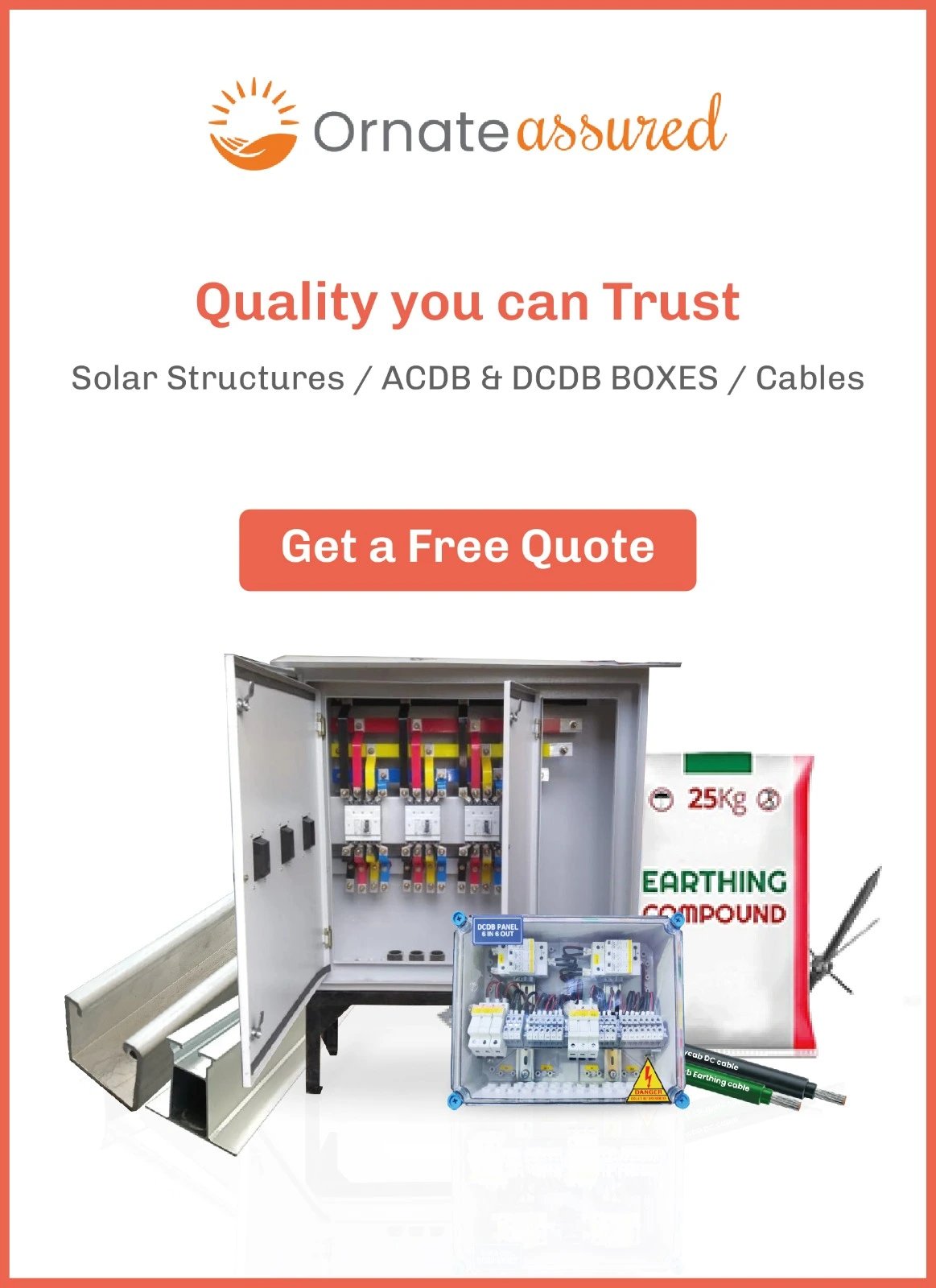

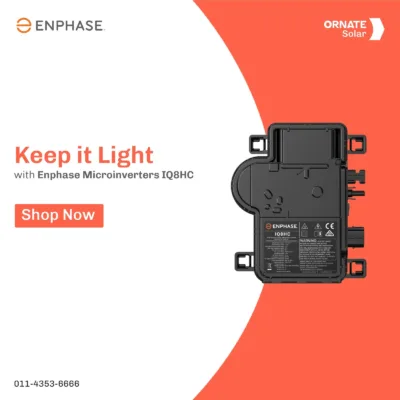

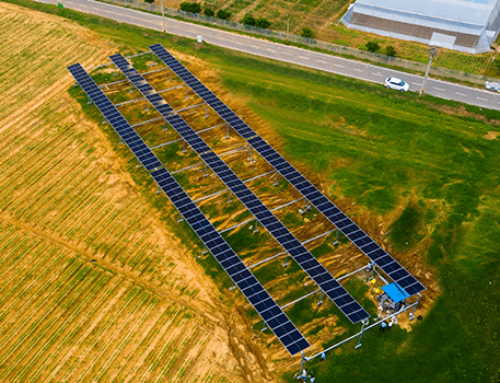
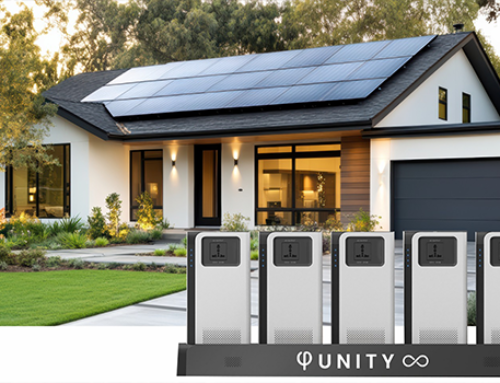

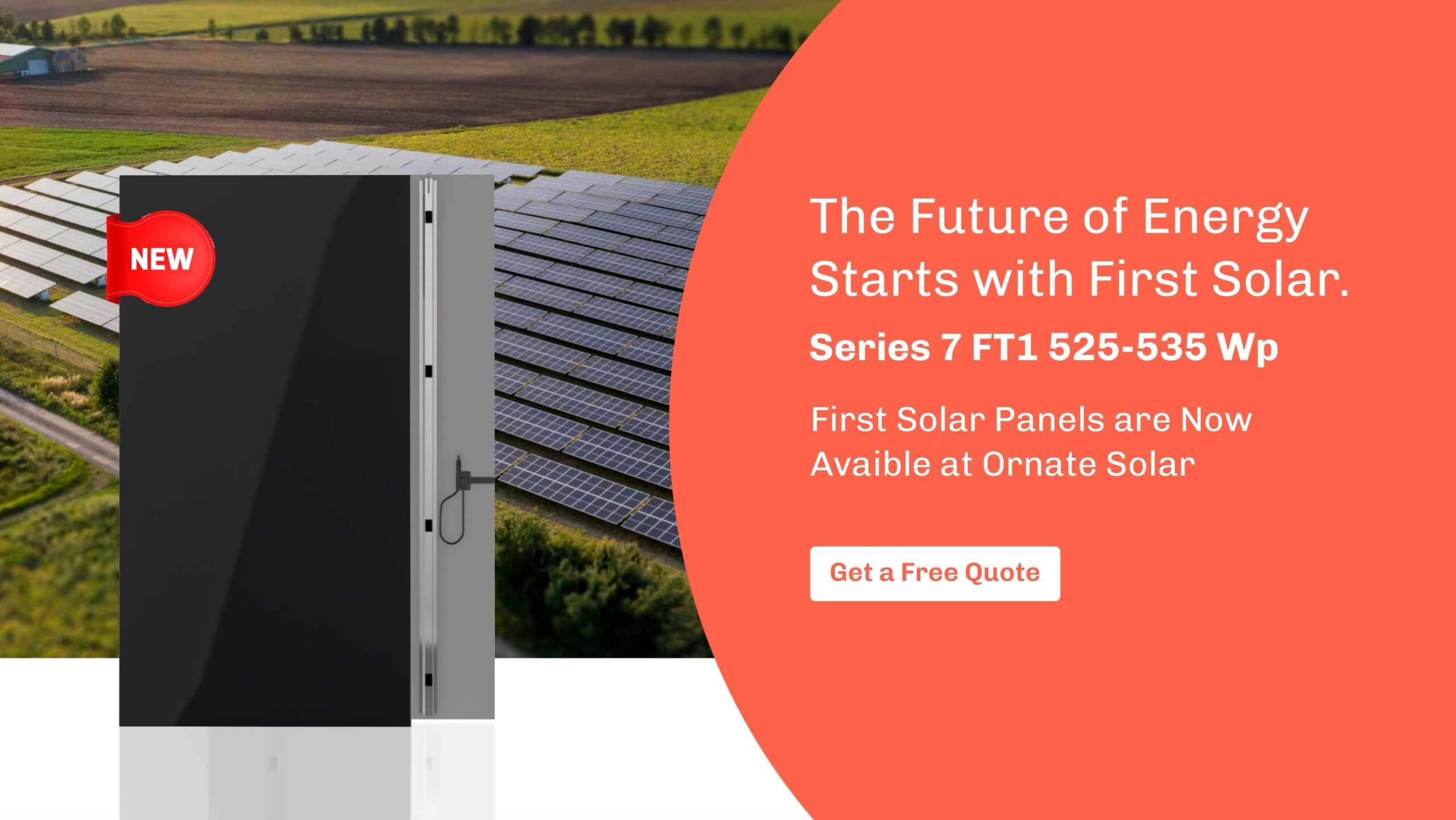
Leave A Comment